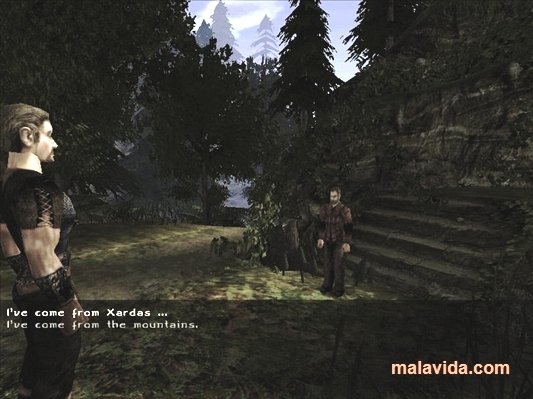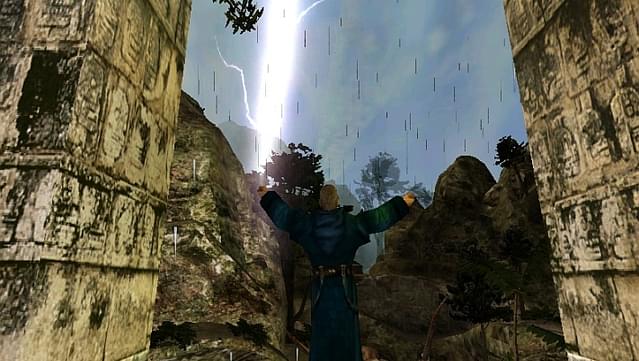


You earn "learning points" as you gain experience from completing quests and killing enemies, but you can't just pour these points into any old stat - you have to find someone who's willing to teach you a given skill (usually for a price or a favour) and increase your stats that way. Instead, you develop gradually into one of three classes - mage, paladin and dragon slayer - through the decisions you make during the game.ĭeveloping your character’s stats isn’t handled in the same point-sharing way as many RPGs either. As with the original game, you don't start as a specific character.

And there's plenty to kill as well, since the magical dome, which held a prison colony in the first game, has now been destroyed, letting all sorts of reprobates into the community. So off you trundle into the world of Khorinis (look, we don’t make these names up, OK?) to try and seek out a few answers and smite whatever foes may be lurking in the bushes. At the start of Gothic II you get a lucky break, as you’re resurrected by your old wizard mentor, who cheerily reports that the foe you thought you’d vanquished in the original game has in fact come back for round two. Those of you who played the first Gothic will know that at the end of the first game you were buried underneath a pile of rubble and things weren’t looking too rosy in the breathing in and out department. Unsurprisingly, the second game picks up exactly where the original left off. it is a bit supernatural in the way that a lot of RPGs are, and we can’t really fault the "II" part, as it’s the sequel to the original Gothic from German developers Piranha Bites. The game doesn't involve supernatural 18th century literature, it doesn't include excessively spikey buildings and more importantly it doesn’t include pale young women in skimpy black dresses, wearing boots that are double their height and an "I am Goth see me pout" look on their faces.


 0 kommentar(er)
0 kommentar(er)
